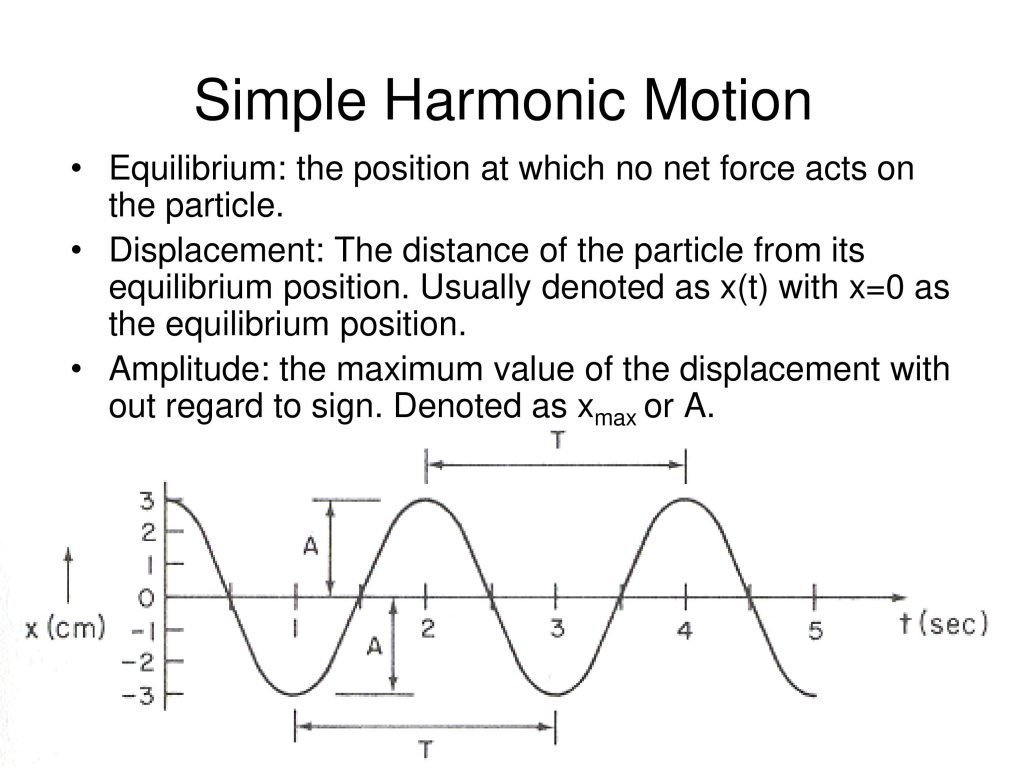Q. Explain projectile?
A particle moving under the combined effect of horizontal & Vertical forces, is called projectile. The following terms commonly used in projectile:
- Trajectory: The path traced by the projectile in the space.
- Velocity of projectile: It is the velocity with which a projectile is projected.
- Angle of Projection: It is the angle, with the horizontal, at which the projectile is projected.
- Time of Flight: It is the total time taken by a projectile, to reach maximum height and to return back to the ground.
- Range: It is the distance between the point of projection and the point where the projectile strikes the ground

Q. Define the following Terms:
Angular Displacement: It is the angle described by a particle from one point to another, with respect to time. Since the angular displacement has both magnitude and direction, therefore it is a vector quantity.
Angular Velocity: It is the rate of change of angular displacement of a body. It is usually expressed in revolutions per minute (rpm) or radian per second (rad/s).
Angular Acceleration: It is the rate of change of angular velocity. It is usually expressed in rad/s2 .
Engineering Mechanics or Applied Mechanics Important Question
Q. Simple Harmonic Motion?
A body is said to move or vibrate with simple harmonic motion (S.H.M.), if it is satisfies the following two conditions:
- Its acceleration is always directed towards the centre known as point of reference or mean position.
- The acceleration is proportional to the distance from the point.

Q. Centripetal and Centrifugal Forces: –
Let’s find out what is Centrifugal and Centripetal forces, When a body of mass m kg is moving with angular velocity ω rad/s, in a circular path of radius r, then centrifugal force. Fc = m ω2 r.
This force acts radially inward and is essential for circular motion. According to Newton’s third law of motion, the body must exert a force radially outward of equal magnitude. This force is known as centrifugal force, whose magnitude is given by, Fc = m ω2 r.
Q. Super elevation: –
As We know whenever a roadways (or railway) are laid on a curved path, then its outer edge is always made higher than the inner edge to keep the vehicle in equilibrium while in motion. The amount, by which the outer edge is raised, is known as cant or super elevation.
Here In the case of roadways, the process of providing super elevation is known as banking of the road.

Q. Let’s Define Work :- whenever a force (F) acts on a body and the body undergoes a displacement (x) in the direction of the force, then the work is said to be done. Unit: N-m
Q. Power:- It is rate of doing work or work done per unit time. Unit: watt (N-m/s).
Q. Energy :- It is the capacity of doing work. The mechanical energy is equal to the work done on a body in altering its position or velocity. As we know that Here Following are the three types of mechanical energies:
- Potential Energy:- It is the energy of a body for doing work, by virtue of its position. P.E. = mgh
- Kinetic Energy :- It is the energy of a body for doing work, by virtue of its mass(m) and Velocity(v). K.E. = 1/2 mv2
- Define Strain Energy: – It is the potential energy stored by an elastic body when deformed. A compressed spring possess this types of energy, because it can do some work in recovering its original shape.